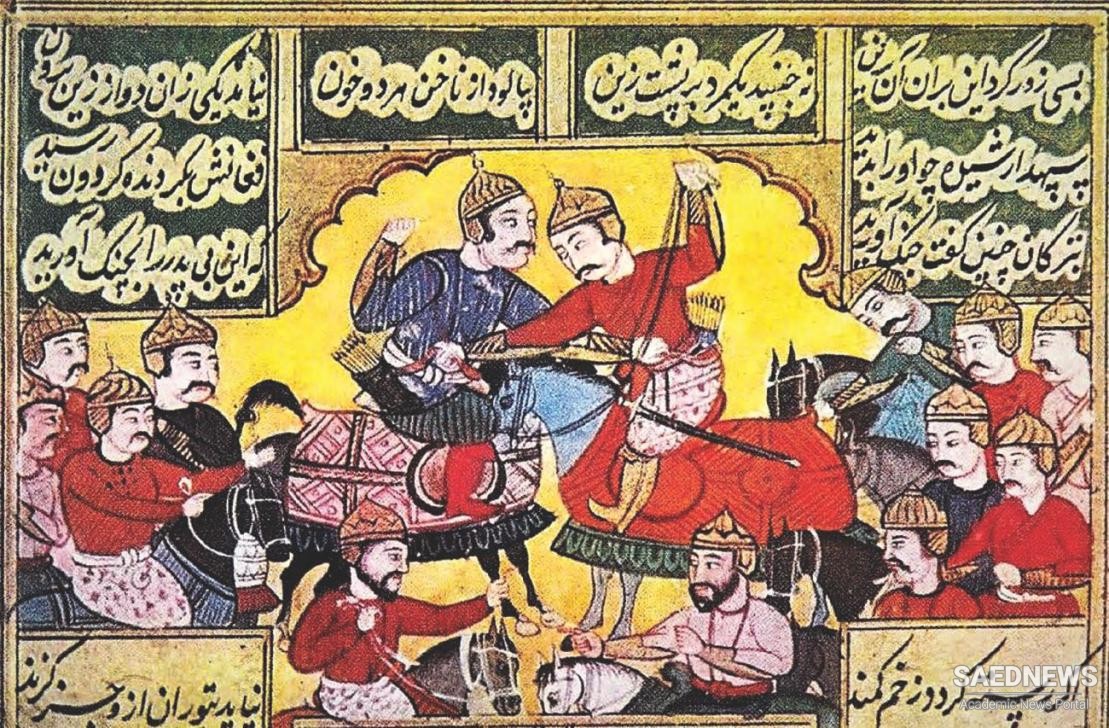Persian language, also called Farsi member of the Iranian branch of the Indo-Iranian language family. It is the official language of Iran, and two varieties of Persian known as Dari and Tajik are official languages in Afghanistan and Tajikistan, respectively. Modern Persian is most closely related to Middle and Old Persian, former languages of the region of Fars (Persia) in southwestern Iran. It is thus called Farsi by native speakers. Written in Arabic characters, Modern Persian also has many Arabic loanwords and an extensive literature. Old Persian, spoken until approximately the 3rd century BCE, is attested by numerous inscriptions written in cuneiform, most notable of which is the great monument of Darius I at Bīsitūn, Iran. The inscriptions at Bīsitūn were generally trilingual—in Old Persian, Elamite, and Akkadian. Middle Persian, spoken from the 3rd century BCE to the 9th century CE, is represented by numerous epigraphic texts of Sāsānian kings, written in Aramaic script; there is also a varied literature in Middle Persian embracing both the Zoroastrian and the Manichaean religious traditions. Pahlavi was the name of the official Middle Persian language of the Sasanid empire. Modern Persian grammar is in many ways much simpler than its ancestral forms, having lost most of the inflectional systems of the older varieties of Persian. Other than markers to indicate that nouns and pronouns are direct objects, Modern Persian has no system of case inflections. Possession is shown by addition of a special suffix (called the ezafeh) to the possessed noun. Verbs retain a set of personal endings related to those of other Indo-European languages, but a series of prefixes and infixes (word elements inserted within a word), as well as auxiliary verbs, are used instead of a single complex inflectional system in order to mark tense, mood, voice, and the negative.


 Persian Classic Music in Its Historical Context
Persian Classic Music in Its Historical Context














































